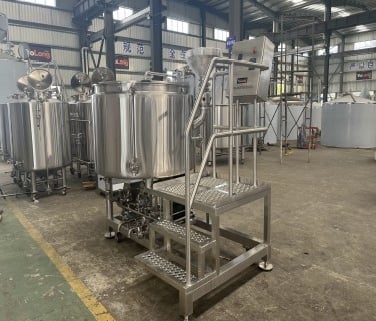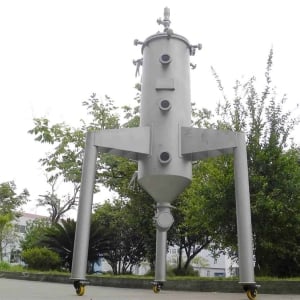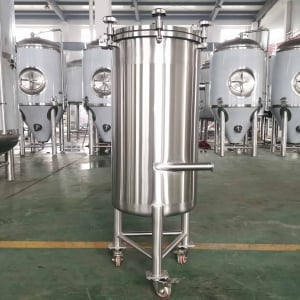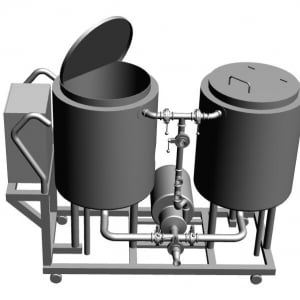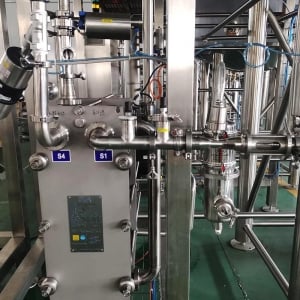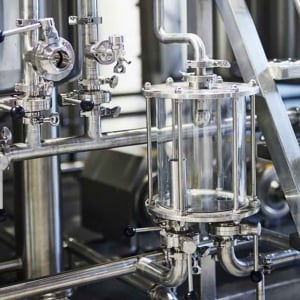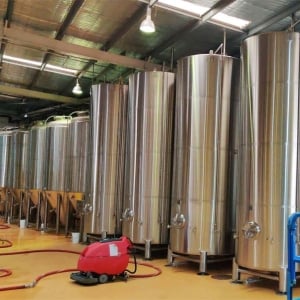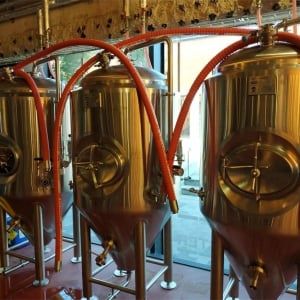complete brewing system
Imagine this: you crack open a frosty bottle of beer, the one you brewed yourself from scratch. Not just any beer, but a perfectly balanced IPA bursting with citrusy hops or a rich and malty stout. That’s the magic of home brewing, and a complete brewing system can be your gateway to this rewarding hobby.
What is a Complete Brewing System?
A complete brewing system is a collection of equipment designed to streamline the entire beer brewing process, from steeping grains (mashing) to fermentation and bottling. These systems are ideal for both homebrew beginners and experienced brewers seeking convenience and consistency.
There are two main types of complete brewing systems:
- All-in-one (AIO) systems: These are the most user-friendly option, consolidating all the essential brewing functions into a single vessel. This simplifies the brewing process and minimizes the amount of equipment needed.
- Multi-vessel systems: These typically consist of a brew kettle, a lauter tun (for separating grain from wort), and a hot liquor tank (for heating water). They offer more control over the brewing process but require more equipment management.

Features of Complete Brewing Systems
Complete brewing systems come with a variety of features to enhance the brewing experience. Here are some of the most common:
- Digital control panels: These allow for precise temperature control during mashing and boiling, critical for achieving the desired beer style.
- Grain baskets: These perforated containers hold the grains during mashing, simplifying the lautering (separation) process.
- Pumps: These circulate wort (unfermented beer) throughout the system for even heating and easier lautering.
- Built-in coolers: Some systems have built-in chillers to rapidly cool the wort after boiling, a crucial step before fermentation.
- Timers and alarms: Reminders to take action during the brewing process can be helpful, especially for new brewers.
Choosing the Right Complete Brewing System
With so many complete brewing systems on the market, selecting the right one can feel overwhelming. Here are some key factors to consider:
- Batch size: How much beer do you want to brew in a single batch? Systems typically range from 1 gallon to 15 gallons.
- Features: Consider which features are most important to you, such as digital controls, pumps, or built-in coolers.
- Budget: Complete brewing systems range in price from a few hundred dollars to several thousand dollars.
- Ease of use: AIO systems are generally easier to use than multi-vessel systems.
- Experience level: If you’re a beginner, an AIO system is a good choice. As you gain experience, you may graduate to a multi-vessel system for more control.
Complete Brewing System Capacity, Footprint & Design
| Feature | Description |
|---|---|
| Capacity | Ranges from 1 gallon to 15 gallons per batch |
| Footprint | Varies depending on the system size and complexity. AIO systems tend to have a smaller footprint than multi-vessel systems. |
| Design | Available in a variety of styles, from stainless steel to plastic. Some systems are even insulated to retain heat. |
| Layout | AIO systems are self-contained, while multi-vessel systems require more counter space. |
| Customization | Limited customization options are available for complete brewing systems. However, some systems allow you to add accessories like wort chillers or hop spiders. |
Complete Brewing System Suppliers & Price Range
| Supplier | Price Range |
|---|---|
| Northern Brewer | $400 – $1,500 |
| MoreBeer! | $300 – $1,000 |
| Brooklyn Brew Shop | $500 – $2,000 |
| Adventures in Homebrewing | $200 – $800 |
| Homebrew Emporium | $400 – $1,200 |
Prices are subject to change, so it’s always a good idea to compare prices from multiple suppliers before making a purchase.
Installation, Operation & Maintenance
Most complete brewing systems are relatively easy to install and operate. They typically come with detailed instructions that guide you through the setup process. Here’s a general overview:
- Installation: This may involve assembling the system, attaching hoses, and calibrating the controls.
- Operation: The brewing process will vary depending on the specific system and the type of beer you’re brewing. However, the general steps involve steeping the grains (mashing), boiling the wort with hops, cooling the wort, fermenting the wort with yeast, and bottling or kegging the finished beer.
- Maintenance: Regular cleaning and sanitation are essential to prevent contamination and ensure the quality of your beer. Most system components can be cleaned with hot water and a no-rinse sanitizer.
Choosing a Complete Brewing System Supplier
Here are some things to consider when choosing a supplier for your complete brewing system:
- Selection: Does the supplier offer a variety of systems to fit your needs and budget?
- Reputation: Read reviews and ask other homebrewers for recommendations.
- Customer service: Does the supplier offer customer support in case you have questions or problems?
- Shipping: Consider the shipping costs and turnaround times.
- Return policy: Does the supplier have a return policy in case you’re not satisfied with your purchase?
Complete Brewing System: Pros and Cons
Pros
- Convenience: Complete brewing systems streamline the brewing process, making it easier to brew delicious beer at home.
- Consistency: These systems can help you achieve consistent results from batch to batch.
- Scalability: Some systems can be used to brew a variety of beer styles and sizes.
- Upgradability: A few systems allow you to add accessories as your experience grows.
Cons
- Cost: Complete brewing systems can be a significant investment.
- Limited customization: These systems offer less customization than building your own setup from scratch.
- Size: Some systems can take up a lot of counter space.
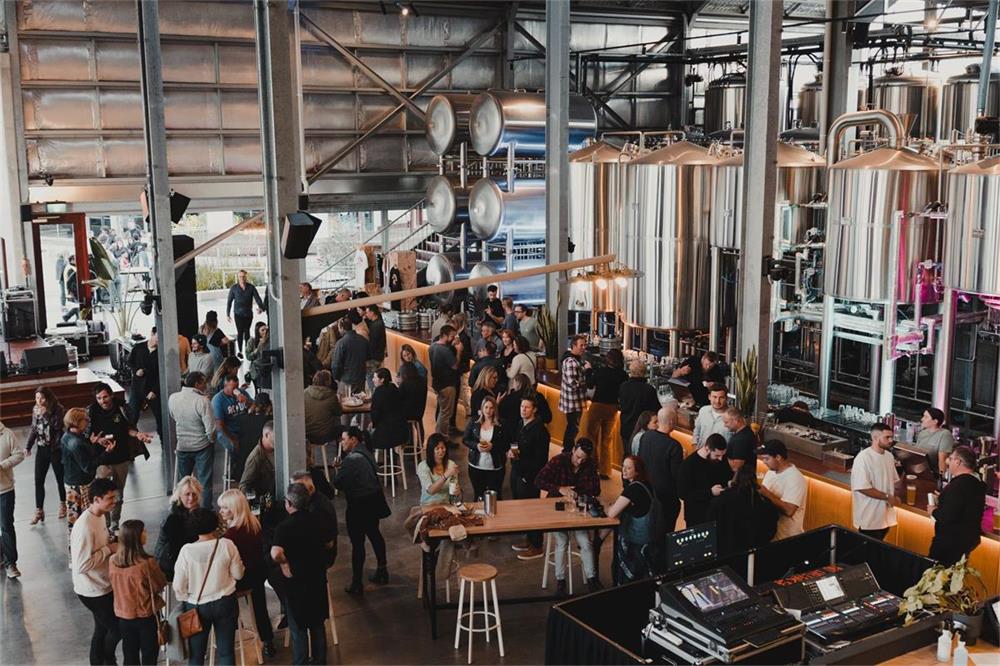
FAQs
Q: What is the difference between a complete brewing system and a brew kettle?
A: A complete brewing system includes all the essential equipment you need to brew beer, from grain to glass. A brew kettle is just one piece of equipment used in the brewing process.
Q: Do I need any other equipment besides a complete brewing system?
A: You may need some additional equipment, such as bottles, a bottle capper, a hydrometer (for measuring sugar content), and sanitizer. The specific equipment you’ll need will depend on the system you choose and how you plan to package your beer.
Q: How easy is it to clean a complete brewing system?
A: Most complete brewing systems are relatively easy to clean. They typically can be cleaned with hot water and a no-rinse sanitizer. Following the manufacturer’s cleaning instructions is important to ensure optimal performance and longevity.

